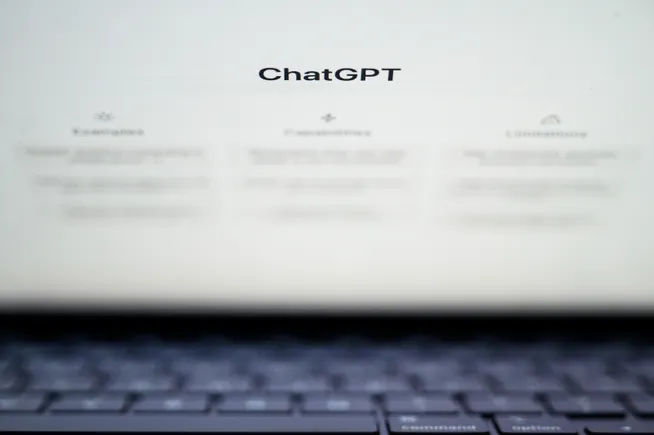• Published Dec. 22, 2025
Almost half of U.S. workers now report using artificial intelligence tools at work at least a few times per year, which steadily increased throughout 2025, according to a Dec. 14 report from Gallup.
At the same time, workers don’t always know what’s happening at the organizational level. While 37% said their employer has implemented AI to improve productivity, efficiency and quality, 40% disagreed and 23% said they didn’t know.
“The percentage of those who said they did not know was lower than the percentage who reported using AI at work at least a few times in the past year but higher than the percentage who reported using it frequently,” according to the Gallup report. “This gap suggests that a portion of employees used personal AI tools or otherwise used AI without awareness of their organization’s AI strategy.”
Despite increased AI adoption, a majority of U.S. employees report a “major AI trust gap” that affects their view of companies, according to an SHL report. Most workers said they’re open to AI that improves efficiency and consistency, yet they still want transparency about how AI is used, SHL’s chief science officer said.
In a Gallup survey of more than 23,000 U.S. workers, 45% reported using AI at work at least a few times per year, increasing from 40% in the second quarter. Frequent use — a few times per week or more — increased from 19% to 23%. Daily use shifted from 8% to 10%.
By sector, workers in knowledge-based jobs, such as technology, finance or professional services, were more likely to use AI than those in front-line positions, particularly in retail, healthcare and manufacturing.
Among workers who use AI at least yearly, about 4 in 10 said they use it to consolidate information, generate ideas and learn new things. Most workers use chatbots or virtual assistants, while fewer use specialized tools for data science, analytics or coding.
“Even so, daily use is still limited to about 10% of the American workforce, trails organizational AI adoption rates and is concentrated in specific roles and industries,” the report found. “Gallup research shows broader AI adoption among employees is strongly associated with having greater managerial support for AI and strategic integration of AI in their role.”
One aspect can help workers feel excited about AI adoption — job security, according to an Edelman study. Workers reported feeling more enthusiastic when AI is framed as a tool to empower them rather than replace them, researchers found.
Article top image credit: Leon Neal via Getty Images




Leave a Reply